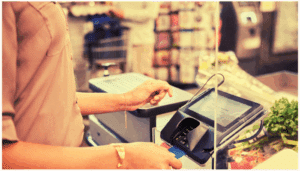
KVI Analysis: How a Few SKUs Can Transform Your Price Image
Shoppers don’t memorize every price throughout your store. They remember a handful of high-visibility items and use those prices to judge your overall
Read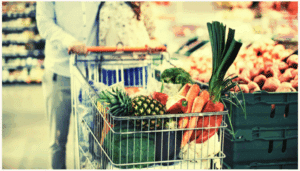
Pricing with Confidence: How Grocers Turn Pricing Science into Strategy
When it comes to grocery retail, pricing isn’t just about numbers… it’s about strategy, perception, and purpose. Grocery retailers have more data than
Read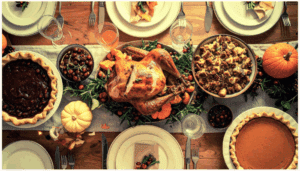
Holiday 2025: Pricing Mistakes Retailers Can’t Afford
The 2025 holiday season will test every retailer’s pricing strategy. Shoppers are spending less and thinking harder about every purchase. PwC projects a
Read
Groceryshop: The Future of Grocery is Centered on Value
At Groceryshop 2025, one message came through loud and clear: Shoppers haven’t stopped buying, they’ve just changed how they define value. Across stages,
Read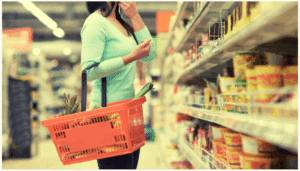
Everyday “Fair” Pricing – The End of Hi-Lo as We Know It?
Is Alix Partners on to something? Every shopper loves a deal and today, finding one only takes a swipe. With smartphone in hand,
Read
Assortment Analytics for Grocery Retailers: How to Cut Cost, Not Opportunity
The right assortment drives trip frequency, basket size, and shopper loyalty. You’re probably carrying more SKUs than you need. And that’s not just
Read
How One Food Distributor Saw $719K in Margin Growth with Price Optimization
In the high-stakes world of food distribution, margins matter. Pricing decisions can make or break profitability, especially when managing a complex assortment and
Read
Master Pricing: The Blueprint for Grocery Price Optimization
“The days of spreadsheets and gut-feel pricing are behind us,” said Steve Thornberry, VP of Sales at ClearDemand. “Retailers need science-backed decisions that
Read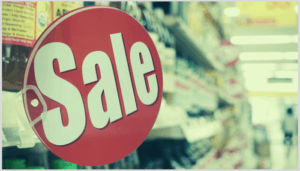
How Smarter Forecasting Makes Grocery Promotions Work
Every grocer knows the drill: build the flyer, push the promos, hope for the lift. But week after week, many promotions fail to
ReadThe Latest Insights – Straight to Your Inbox
Sign up for the ClearDemand mailing list for actionable strategies, upcoming events, industry trends, and company news.
